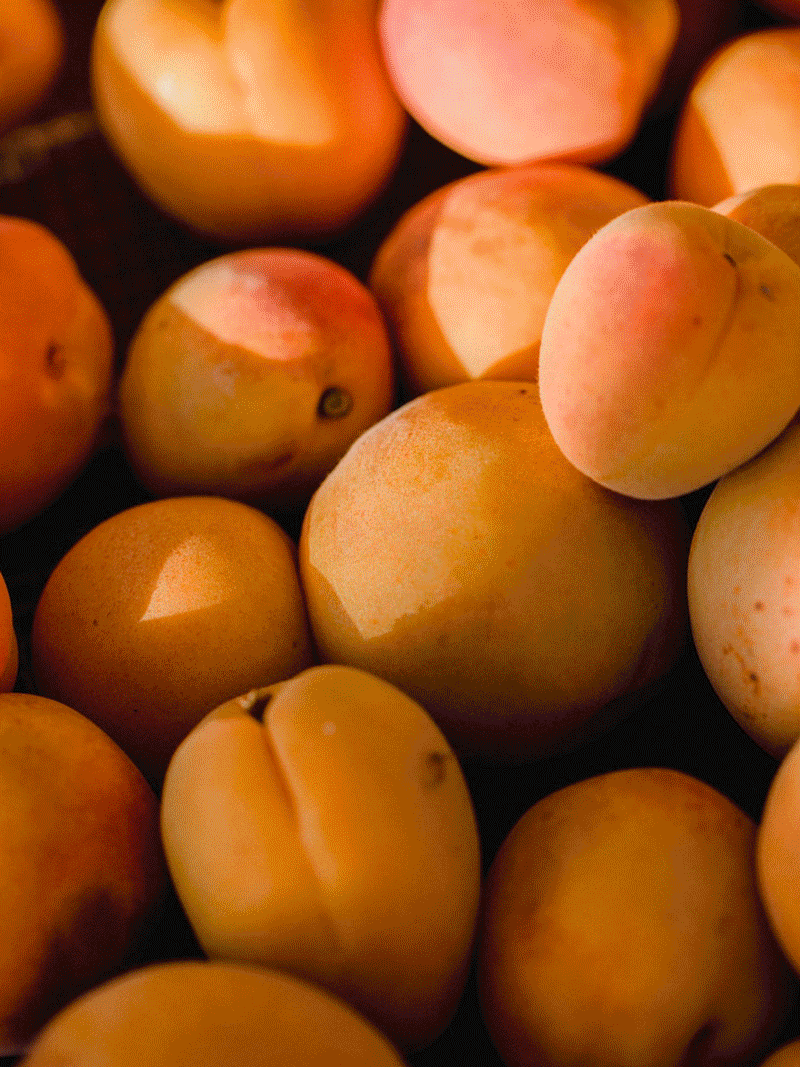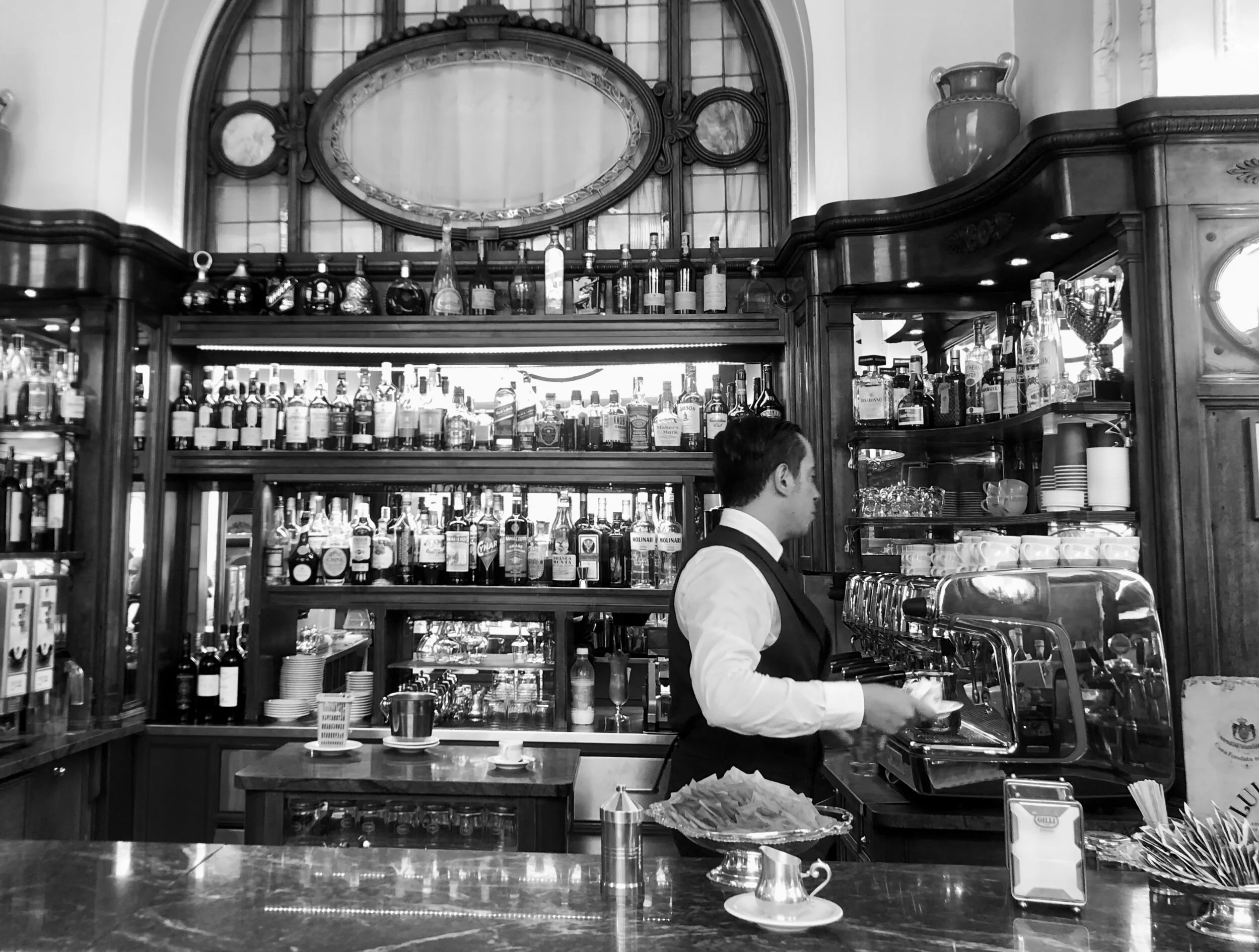

The sites, smells, and chatter of local markets create an atmosphere that is almost euphoric, adding thrill to exploring a foreign city. Though each country has its own specialties and traditions that make each market unique to the next, it’s the feeling of community and openness that serves as a common thread, no matter what language you find yourself haggling in. Markets are the most intoxicating one-stop shop for learning about the lifestyles of community members, sampling some delectable morsels, and, of course, practicing the local language.
Opportunities for contextual learning abound in street and open air markets alike are prime opportunities for practice, just think about the plethora of handmade signage, verbal exchanges between vendors and shoppers, weighing of fruits and vegetables, and counting of local currency.
Sequoia, founder of Puebla York, an ethically-sourced clothing brand and culinary travel consulting service for travelers visiting Japan and Mexico, sees these market experiences as a conduit for learning about different cultures. She tells us,
“I love visiting local food markets (both indoor and outdoor) when I travel. It gives me a sense of local culture, local and seasonal produce, and lets me practice speaking the language of where I visit. Being able to practice speaking with local vendors is important as I tend to learn new languages first through food vocabulary.”
John, a communications professional in DC, tells us that he particularly enjoys people-watching at markets to pick up on local mannerisms and using cultural centers as ways to connect with locals. Market tip: Plan to arrive early when vendors are setting up or as the market opens to learn what and how locals are shopping. There’s nothing better than watching a town wake up and overhearing business interactions and quotidien conversations (often peppered with a little bartering) between locals and vendors.
But it’s not just watching and learning that make foreign markets so spectacular. Natalie, a film director and producer, invigorates our senses while recalling her visits to the market when she lived in Italy, which evolved from casual visits to a weekly ritual. She tells us, “Walking into the farmers markets in Rome, I was swept over with intoxicating smells of fresh breads, cheeses, wine, and the raw earthy smell of vegetables that were in the ground mere hours before.”
“At the start of my time in Rome, I relied on broken Italian and basic gestures to order. I was surprised when each vendor invited me to taste before I purchased and often included a free sample of something I hadn’t ordered, but they thought I’d enjoy. I never knew their names, but a few of the booths’ owners quickly became my anchors in the sea of choices.”
Natalie continues reminiscing, “Each specialized in their dedicated fields – one had only the best cheese and olive oil, one for fresh breads, one for eggs and pancetta, one for the best tomatoes, basil and eggplant. Market days (Wednesdays) became my favorite and I loved watching only seasonal produce find its way to my plate from winter to summer.”
The next time you’re able to safely travel, consider bringing a notebook with you on your stroll through the market. You will be surprised at what you can learn by just observing and connecting with the locals. In the local language, copy down the signs you see for fruits and vegetables, the various colors of fresh produce and wares, take notes about the characteristics of the market, the speed of the transactions, the bartering, the gestures. You may also notice yourself feeling increasingly more confident in engaging with the market and local banter as it becomes less foreign and more familiar to you.
This article is part of DIMMI Digest: Connection. Since the beginning of time, language has been used to bring people together. In fact, according to linguists, no other natural communication system is like human language. Not only can the human language be used to convey information, express a feeling, or set boundaries, but it is also used to build connections - no matter how short the interaction may be. And what better place to build connections than at the local market.











































